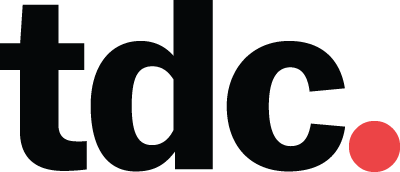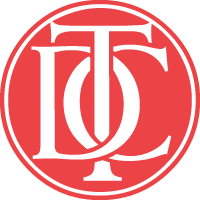Seven things I’ve learned about Erik Spiekermann*
* from Hello, I am Erik, the first comprehensive documentation of more than 30 years of work by the internationally renowned designer and typographer. The book—monograph, “visual biography,” and festschrift is organized into seven clusters: Spiekermann as typographer, designer, entrepreneur, networker, author, and technician, and Erik, the person. Framing the sections are essays by notable designers, friends, colleagues (and an ex-wife). Included are Michael Beirut, Christian Schwartz, Erik von Blokland, Stefan Sagmeister, and Neville Brody, among others. It gathers together a vast and impressive archive of work, but it is these testimonials and the enormous trove of personal photographs and ephemera that put the work into context—and make the book so appealing.
1) The typeface Meta came out of an aborted project for the German post office. A custom font designed for and rejected by Deutsche Post was reworked into one of the most succesful digital faces of all time. Given the dubious honorific “Helvetica of the ’90s,” it is now part of MoMA’s permanent collection. {p. 152, 302}
2) His total command of colloquial English, coupled with strong German accent and a disarmingly frank style, make for colorful exchanges. At the conclusion of an eminent British designer’s lengthy speech Spiekermann opined, “That was a complete pile of garbage. Why waste our time with that pompous rubbish?” {p. 47} Perhaps inevitably, he was once called “revolver mouth” in a very public “expletive-laden” designers’ spat over the German Railway logo. {p. 6}
3) In 2013 Spiekermann launched P98a, a beautiful, almost monastic experimental letterpress studio. This pioneer of digital design has returned to the physicality of letterpress, a process he first practiced at age 12. {p. 280}
4) In their Berlin townhouse Spiekermann and his wife Susanna Dulkinys built a 2-story bookcase, the upper reaches of which can only be accessed with a mountaineering harness. {p. 248}
5) In a clever turn on multi-syllabic German terms, Spiekermann coined the brilliant “preemptive aquiescence” in English to describe designers so eager to please they censor their own work before even being asked. {p. 227}
6) He prefers briefs to boxers {p. 167}
7) Among his many businesses, including MetaDesign, FontShop, United Designers Network, and EdenSpiekermann, Spiekermann can count a cafe— MetaCafe. For two years in the early ’80s, MetaDesign employees took turns selling coffee, pasteries and wine at this studio outpost. {p. 72}
There’s a lot more to learn about Erik Spiekermann. He will be lecturing at the TDC on November 4th. Register Here
—Angela Voulangas




